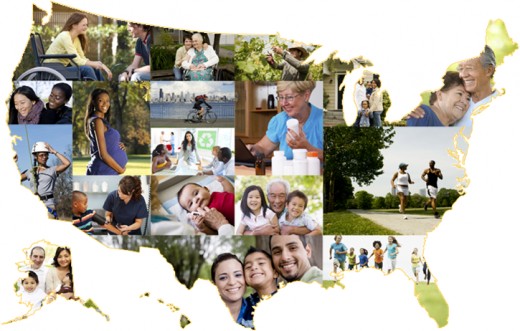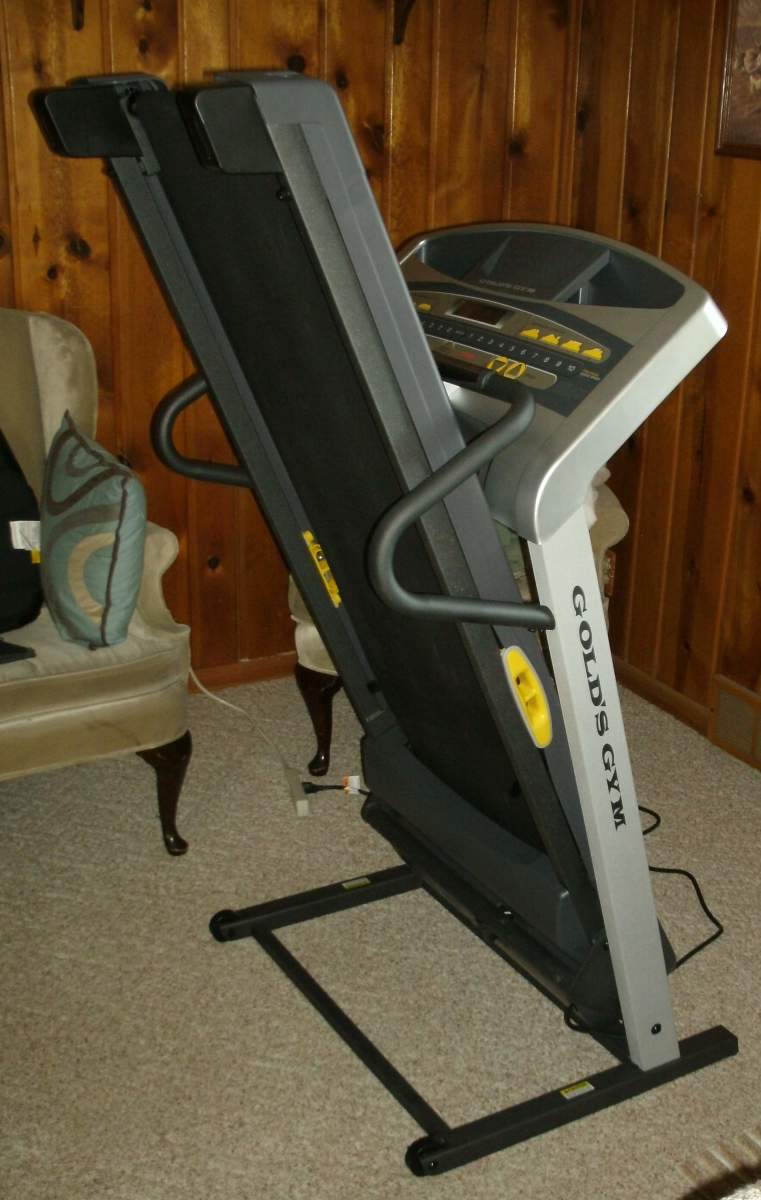Will Healthy People 2020 Succeed Where Healthy People 2010 Failed
So why did I want to pose and then answer this question. Quite simply because I stumbled upon the press release of 2 December 2010 launching the Department of Health and Human Services latest 10 year program to improve the state of the health of the Nation.
There were some key pointers in this press release which made me want to find out more.
- "Healthy People is the nation‟s roadmap and compass for better health, providing our society a vision for improving both the quantity and quality of life for all Americans."
- "Our challenge and opportunity is to avoid preventable diseases from occurring in the first place."
- "Too many people are not reaching their full potential for health because of preventable conditions,"

A Roadmap and Compass for Better Health
Providing a roadmap and compass for better health had to be a great idea because I knew that preventable diseases and conditions account for a large number of premature deaths both in the US and around the rest of the world. I also know that these diseases and conditions seriously impact on the quality of life of the individuals but when I re-read the release for the second time I read that Healthy People program had been in existence for the last thirty years.
It was this last fact that lead to me wondering just how successful the initaitive had been so I did some research on the success of Healthy People 2010. The results I found revealed to me that the ten year Health Initiative has not made the grade in a number of areas particularly relating to the area of women’s health.
Missed Almost Every Target for Women's Health
The latest report just published (December 2010) in the series "Making the Grade on Women's Health: A National and State-by-State Report Card" shows that the US missed almost every target it set for women’s health. The report was compiled by Oregon Health Sciences University (OHSU) and the National Women's Law Center and the authors used a range of health status benchmarks to grade each states and measure how they have each performed across a basket of almost 70 health status indicators.
In this latest analysis of the statistics the authors only rated 3 of 26 measures of good health for women as satisfactory in every state. These 3 measures were for the number of women
- Having a mammogram
- Being screened for colorectal cancer
- Visiting a dentist on a yearly basis
Other positive findings are that since 2000 fewer women smoke and the death rates from heart disease, stroke, lung and breast cancer have reduced.
But regrettably obesity rates have risen and more women now suffer with diabetes and high blood pressure. Pap screening rates for cervical cancer are decreasing and incidents of Chlamydia and binge drinking are rising.

No One State was able to Obtain a Satisfactory Grade
One of the authors of the report Dr. Michelle Berlin associate director of the OHSU Center for Women's Health recently advised that "If you look at the nation overall, the nation hasn't done that well," She has also raised her concerns about the disparity of results between states and at a recent press conference advised that although some goals have been met across the country as a whole, some states may be falling behind.
It is worrying that not one state was able to obtain an overall satisfactory grade for women's health and only two states, Vermont and Massachusetts, obtained a “satisfactory minus” the next best grade 37 states were classified unsatisfactory grade, and 11 states and the District of Columbia were given an F.
The 11 states ranking n the bottom 12 are Texas, Missouri, South Carolina, Tennessee, Kentucky, Alabama, West Virginia, Oklahoma, Arkansas, Louisiana and Mississippi.
In addition to the 26 health goals, the report also looked at 68 federal health policies and the only two of these policies that were met, were participation in the Food Stamp Nutrition and Education Program and Medicaid coverage for the treatment of breast and cervical cancer.
Across the Country 20% of Women Age 18 to 64 are Uninsured
Other findings in the report include:
- No state met the Healthy People 2010 goal of 100 percent of women having health insurance and across the country 20% of women age 18 to 64 are uninsured. This is the highest rate since the data was first reported by U.S. Census Bureau.
- Almost 50 percent of all pregnancies are unintended, missing the goal of reducing unintended pregnancies to 30 percent or less.
- The District of Columbia has the highest rate of death from heart disease of 174.8 deaths per 100,000 whilst Hawaii has the lowest at 60.9 per 100,000.
- The highest rate of obesity is found in Mississippi where over 33 % of the women are obese. The lowest obesity rate of 19% is found in Colorado.
- The highest rate of diabetes of 13% is found in West Virginia while the lowest rate of 5 % can be found in Alaska,
- More women are reporting that they binge drinking
- Fewer women now have regular Pap smears.
- Cholesterol screening was the only area in which women's health improved enough to result in a higher grade in the report.
The Next Ten Years
I then wondered whether the next ten years would produce any better results and this is what prompted me to pose the question in my title, Will Healthy People 2020 succeed where Healthy People 2010 failed?
If I were a realist I think my answer to the question would be that some measures will improve but that others will not and that there is likely to be a small improvement over all. However I prefer to err on the side of optimism so I'm hoping that this next ten years will see a significant improvement in the health of the population of the United States and I'm also hoping that if the Healthy People 2020 proves to be successful in the US that the effects will be seen across the whole world.

What Will it Take?
My next thoughts after deciding upon the answer I wanted for my question was how this would be achieved. In searching for my answer one of the most famous quotes of John F Kennedy popped into my head but with a twist.
"Ask not what your country can do to improve the health of the people—ask what you can do to improve your own health and that of others."
I think the reason for this quote popping into my head is that I believe that no one person or politician by themselves will be able to deliver the objectives of Healthy People 2020. it will take the efforts of a great number of people and this then brought to mind another JFK quote which needed no amendment.
"Let us not seek the Republican answer or the Democratic answer, but the right answer. Let us not seek to fix the blame for the past. Let us accept our own responsibility for the future."
We can't abdicate the responsibility for our health to politicians or health professionals but to take this responsibility individuals need the right information and Internet could be the vehicle which delivers the success of Healthy People 2020 where Healthy People 2010 failed.
Here's to your Health!





